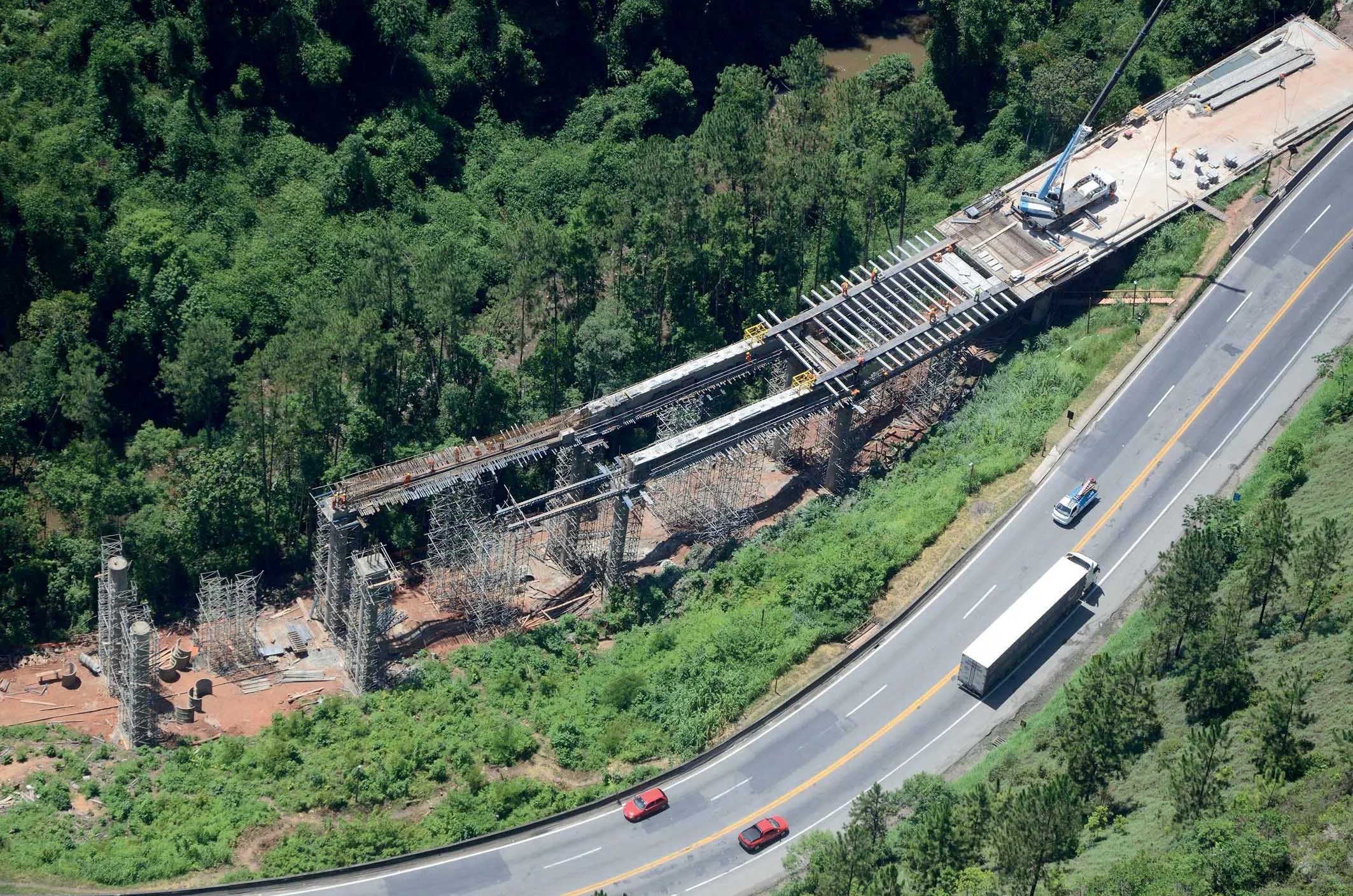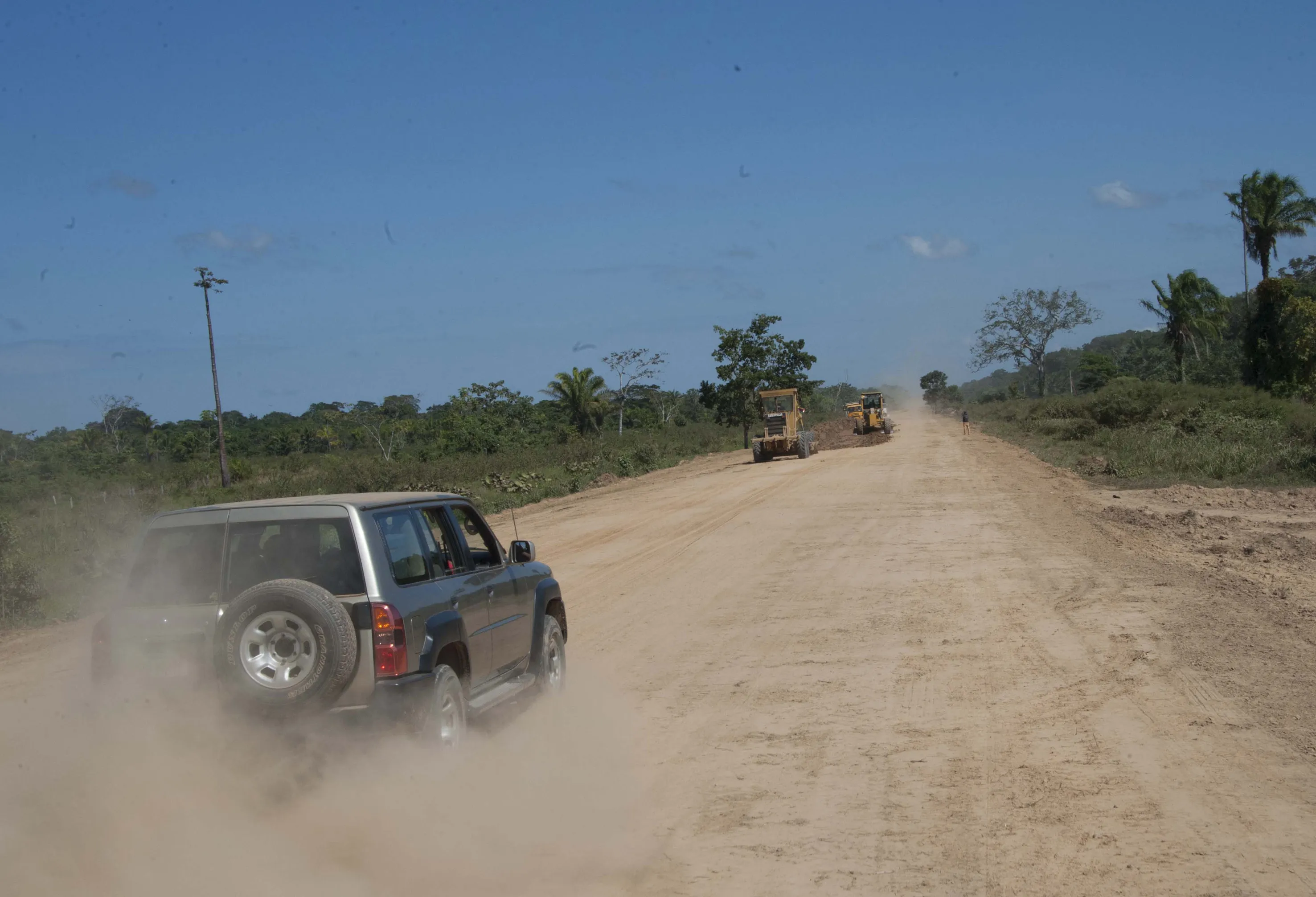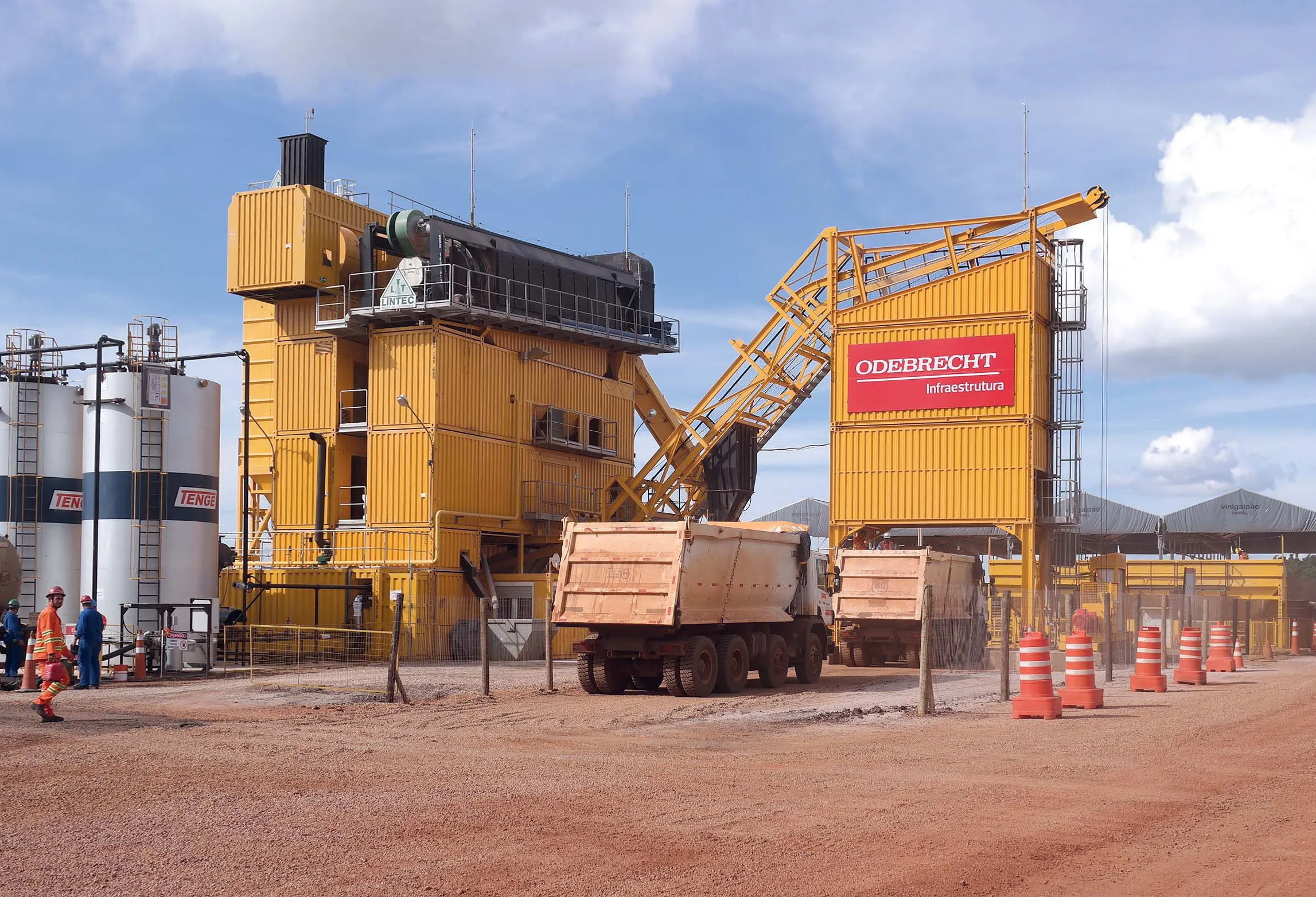Brazilian consultant SOTEPA has been closely involved with infrastructure improvements in a series of projects in the southern state of Santa Catarina. One of the most important of these has been design work for the SC-477 state highway, which connects the east of the state to Brazil’s Littoral zone and the BR-101 federal highway. The SC-477 has had to be upgraded as part of it has been unsurfaced, without an asphalt surface between Itaiópolis and Doutor Pedrinho. The road provides an important link for the
September 27, 2013
Read time: 3 mins

Improving a rural road in Brazil's Santa Catarina State will help improve transportation in the area
Brazilian consultantThe road provides an important link for the state’s forestry and furniture industries and carries a lot of heavy traffic as a result, which was partly why its upgrade was prioritised.
The state’s Department of Traffic, DEINFRA, is responsible for the project, which is being funded by the development bank CAF. Brazilian consultant SOTEPA carried out the design studies, topographic research, geological borings and project solutions for the project.
In 2001 the authorities planned construction work to upgrade the route but this encountered problems as the proposed design of the road ran along the edge of a Native Reserve area and a Nature Reserve area and due to this conflict, work stopped.
During 2008 and 2009, a better and more environmentally-friendly design was proposed, connecting three important roads from the state’s north, west and east regions, rather than west-east as before.
This 74km route is costing US$76.85 million (R$180 million) and starts at Itaiópolis in Moema, passes through Rio Negrinho meeting the SC-422 road and connecting to the north near Volta Grande.
The SC-477 then goes southwest to Doutor Pedrinho, connecting to the BR-470 highway and the Itajaí Valley as well as Littoral, and the port of Itajaí as well as Brazil’s key BR-101 highway.
The new design was based on the existing road that connects rural communities, with one end at an altitude of 1,000m and dropping to 500m at the other end. However the old route is narrow with no drainage and flooding problems in certain areas.
In addition the old road has several sections with gradients as steep as 11% and in some instances as much as 14%. Clearly to allow the heavy traffic the road had to be widened, with better drainage and the steep sections levelled out.
An environmental impact assessment was carried out and this offered several solutions, including a 4m tall by 7m long underpass for pumas, as well as 30 other wildlife road crossing features. The environmental portion of this project will be around $5.55 million (R$13 million), which will help preserve natural resources in the region. The design includes more than $4.27 million (R$10 million) of geotechnical solutions, including reinforced soil and gabion walls and these will reduce the offset along the ridge section.
The construction work is due to start at the end of the 2013 and should take two years to complete, with the improved route expected to open to traffic towards the end of 2015. The improved road is expected to handle some 1,569 vehicles/day when it opens, with heavy trucks comprising around 40% of the traffic and these vehicles will travel at speeds ranging from 40-80km/h. The layout of the road will vary depending on the location, although most sections will feature two 11.4m wide lanes, with one in either direction. However along a ridge section the road will have three lanes while in urban areas there will also be parking areas as well as provision for pedestrians and cyclists.








